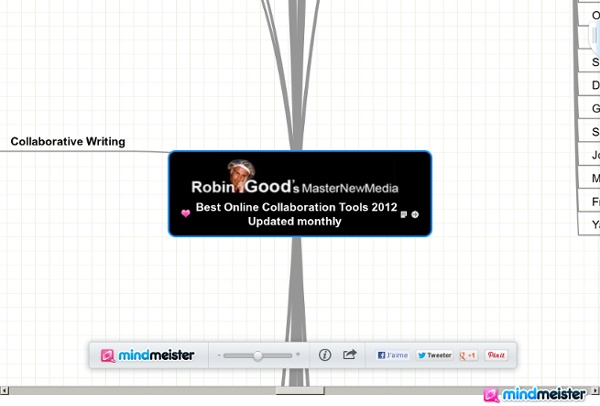



Research | Homepage of Christopher (Chris) Welty Brief bio: Chris Welty is a Research Scientist at the IBM T.J. Watson Research Center in New York. Previously, he taught Computer Science at Vassar College, taught at and received his Ph.D. from Rensselaer Polytechnice Institute, and accumulated over 14 years of teaching experience before moving to industrial research. Chris' principal area of research is Knowledge Representation, specifically ontologies and the semantic web, and he spends most of his time applying this technology to Information Retrieval and, in the past, Software Engineering. Dr. Dr.
Votre design 3D devient réalité avec l'impression 3D PickFu review Lately I've found myself repeatedly encouraging startups to use PickFu, so I thought it's time to share that advice with a wider audience. Here's how it works. You give PickFu $5 and then they get 50 people via Mechanical Turk to do an A/B test for you in the form of a question, e.g. which page/image looks better and why? In addition to recommending them to others, I've used it twice so far myself. It was interesting to me that in both cases there wasn't a clear winner. On the other hand, I found the comments people left somewhat compelling. More to the point though, I found the feedback valuable enough to iterate on the About page design and ended up with more of a hybrid approach. I'd of course be interested in your experiences as well.
Top Five Twitter Analytical Tools What kind of footprint have you made in the Twitterverse? Do you know your Twitter ROI, your Twitter influence or stats that determine your Twitter psychographics? In the social media world, this data is becoming easier and easier to access as new analytical tools become available... and now you can track it. Becoming more and more significant, social networking analytics will be used by companies to determine what type of consumer you are, and by prospective employees to consider you for hire. As a modernized version of the Kevin Bacon paradigm, social media has reduced our 'connectivity to others' from 6 to 3 degrees. Most Twitter users are seeking exposure. Similar to our every day lives, if one focuses on creating value, building transparency and becoming authentic, the greater chance one has in making an impact on Twitter. So social networking analytics are the tools to both qualify and quantify our worth. 1) TwitterAnalyzer 2) TwInfluence 3) TweetStats 4) Twitter Grader 5) TweetPsych
Conversion Powerpoint: C?mo Convertir PPT A Flash Las Mejores Herramientas Para La Conversión De PowerPoint a Flash Aquí están todas las herramientas que encontré y verifiqué disponibles por ahí. Ellas te permitirán convertir tus presentaciones PowerPoint a Flash. Selecciona las que mejor se adapten a tus necesidades, requerimientos y presupuesto. 1) PresentationPro PowerConverter PowerCONVERTER es un plugin para PowerPoint que rápidamente convierte tus presentaciones al formato macromedia. Precio: USD $199 2) OpenOffice.org OpenOffice puede convertir cualquiera de sus archivos como así también los de Powerpoint en archivos Flash. Es absolutamente gratuito y tienes una gran herramienta para convertir archivos PowerPoint en archivos .swf. Precio: Gratuito. 3) Adobe Acrobat Connect Professional (antiguo Macromedia Breeze) Versión de prueba: Precio: Muchas versiones disponibles
Make the Best Decisions Fleur Pellerin et les fablabs fantômes La constance avec laquelle les apparatchiks à maroquins foirent leurs idées et dépensent n’importe comment l’argent du contribuable a ceci de pratique qu’elle permet quasiment d’écrire des billets à l’avance : tel clown endimanché du gouvernement lance un appel à projet, tel pingouin brasseur d’air lance une énième commission, on sait, quoi qu’il arrive, que cela se terminera dans un grand prout tiède et un paquet d’argent public claqué dans une aventure désastreuse pour le contribuable mais jamais, ô grand jamais, pour ceux qui y ont pris part et qui feront à l’occasion une jolie culbute financière. Les Fablabs de Pellerin n’échappent pas à la règle observée en introduction. Notez qu’ici je ne tiens pas compte de Montebourg dans le tableau final, tant sa nullité en matière de technologies et d’innovation rend improbable son implication réelle dans cette foirade magistrale (du reste, il en a suffisamment d’autres à son actif). —-Sur le web
test everything — 100+ tools in one! Choose the tools with that you want to test the given adress: CSS and HTML validators SEO tools Social services Web proxies Network tools Text tools Image tools (works only with Image URLs) Miscellaneous tools